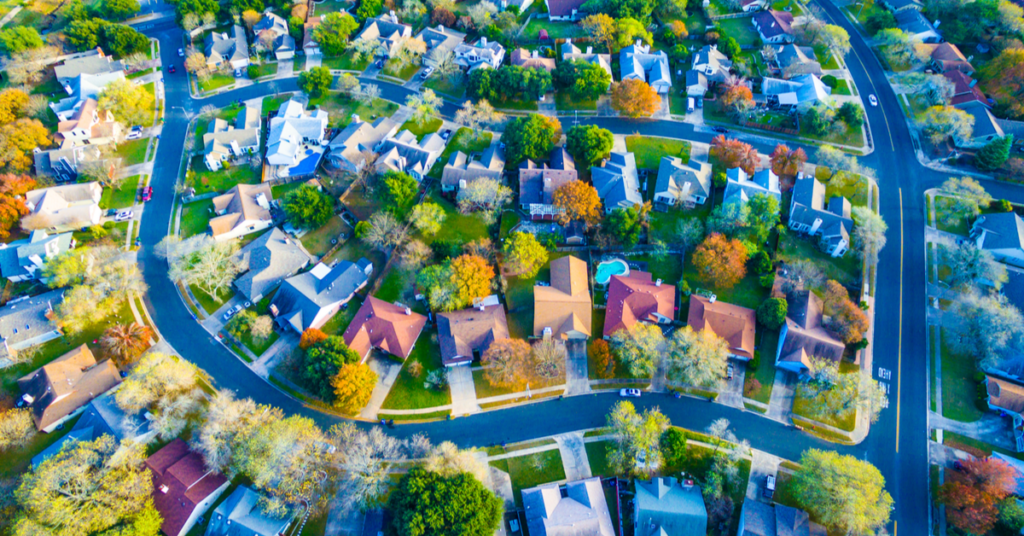Building for the future is always on the minds of Americans, and a new report from Redfin has detailed the impact of upward mobility on home prices.
According to recent data from the national real estate brokerage, homes cost 38.2% more in so-called “high-opportunity neighborhoods” than they do in “low-opportunity areas.” The typical home purchased in a high-opportunity neighborhood sold for $470,000 last year. By comparison, the typical home in a low-opportunity area sold for $340,000, a difference of $130,000.
The methodology Redfin used to evaluate high-opportunity versus low-opportunity locations was developed by Raj Chetty, a researcher at Harvard University. Data from Harvard-based nonprofit Opportunity Insights was used to identify census tracts that offer children the best chance to rise out of poverty.
Each tract was classified into high-, intermediate- or low-opportunity categories based on average adult earnings (as of 2015) for kids raised in these neighborhoods. Specifically, high-opportunity neighborhoods were defined as areas where children of low-earning households in the 1980s grew up to have income earnings in the top one-third of all households in their metro area. Intermediate-opportunity areas were areas where kids grew up to earn the middle one-third of their metro’s household income, while kids from low-opportunity neighborhoods grew up to earn within the bottom one-third of metro households.
High-opportunity neighborhoods had more access to highly rated schools, professional networking opportunities, higher shares of college graduates, and low rates of crime and poverty. High-opportunity neighborhoods also had larger concentrations of families with two parents, as well as high levels of income inequality and segregation — meaning that they also tended to skew wealthy and white, according to Redfin.
“It’s prohibitively expensive for many families — particularly those of color — to access the neighborhoods that offer children the best shot at financial success,” said Taylor Marr, Redfin’s deputy chief economist. “Where you grow up lays the groundwork for your future. Kids raised in low-opportunity neighborhoods have a lower chance of getting a good education and well-paying job, growing a robust professional network, building wealth through home equity and staying out of harm’s way.
“That can perpetuate a cycle of segregation and wealth inequality that can last for generations, with their children and grandchildren often grappling with the same disadvantages.”
The good news for homebuyers, per Redfin’s research, is that properties within high-opportunity neighborhoods comprise the largest percentage of homes for sale at 39.5%. The bad news? These homes come with a large premium. Only 13% of high-opportunity homes were affordable to people earning the median income in their metro area, while 31.7% of properties in low-opportunity areas were affordable to someone with the same earnings.
The price premium for homes in high-opportunity neighborhoods has decreased over time, but it’s not because such properties have become more affordable. Indeed, many low-opportunity neighborhoods have gentrified and are now less affordable. The median sales price in high-opportunity neighborhoods has jumped 100% since 2012, but the median sales price within low-opportunity areas has vaulted 174% during the same time frame.







